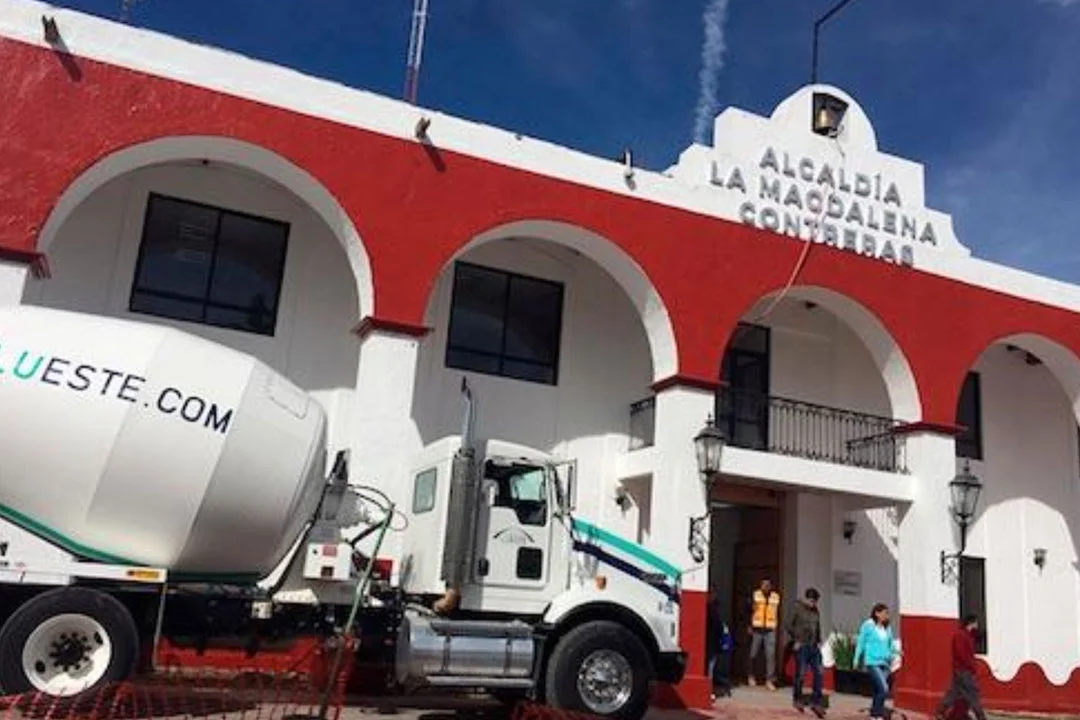The 6 strategies for an effective concrete delivery service in Mexico City
Optimization through technology and business processes.
¡Escucha la noticia ahora!
Accurate execution of concrete distribution logistics is a basic requirement of construction projects. Contractors expect everything on their job to happen with the efficiency of clockwork. Delays cost money and affect the overall success of the project. Concrete placement is often a critical step in the construction process, which means that few subsequent tasks can be completed before concrete is placed. Many concrete installations require multiple consecutive deliveries at precise time intervals, and everything must be done on time.
Anyone who lives in Mexico City knows that traffic can be quite a challenge. Mexico City has one of the highest concentrations of automobiles in the world. According to the Ministry of Communications and Transportation, 11 million vehicles circulate daily in Mexico City and its surroundings. According to the SCT, traffic is so dense that cars travel at an average speed of 32 km/h and 65% of the goods transported in the city take an average of two and a half hours to reach their destination.
Concrete is a product that has a limited duration and must be delivered on time.
These 6 strategies can help ensure a successful concrete delivery process.
- Automated planning and distribution. Use a batch program combined with a GPS system to understand the life cycle of a submission. This includes loading, outflow, discharge, flushing, and inflow. Many commercial logistics packages can be expensive and are not optimized for concrete, but on GitHub you can find many free and open source logistics apps that you can customize and combine with API services such as Google Maps.
- Efficient order of deliveries. Know your service area. Make priority deliveries near you during peak traffic hours and farther away when traffic is lighter. Maintain productivity metrics like average km/h and daily truck trips.
- Check access before you travel. Mexico City, in particular, faces many workplace access challenges, such as narrow streets, steep inclines, low power lines, floodplains, streets or neighborhoods that prohibit commercial vehicles, and restricted hours of operation. Check with the customer to get a clear understanding of the permissions and access points required.
- Maintain continuous communication with all interested parties. Provide online daily logistics planning for your sales, production, quality and logistics teams. Since most of the team works in this field, mobile access is essential. Use the satellite GPS feature to continuously track the location of trucks and drivers. Enable multiple methods of communication: mobile applications, text messages, online chat, phone calls and radio.
- Hire and train effective operators. Your driver is both the business representative and the last step in the customer order lifecycle, directly responsible for meeting customer expectations. This means they must safely and efficiently transport the material from the plant to the job site and follow all customer instructions during unloading. They must understand and actively review the fundamentals of product quality and the specific needs of the customer for the job.
- Maintain equipment and reserve in excess capacity safety stock. Perform a regular maintenance schedule by a qualified mechanic in accordance with the manufacturer's guidelines. Make sure replacement parts are available and have a first aid kit on hand to address any issues that may arise. While mechanical problems are unavoidable with complex machinery, effective maintenance and capacity planning can help ensure success.
- In summary, Mexico City is one of the most difficult places for commercial logistics. Effective planning, communication and the use of modern technology are key to ensuring client expectations are met and exceeded.
Concreto y Materiales de Construcción





